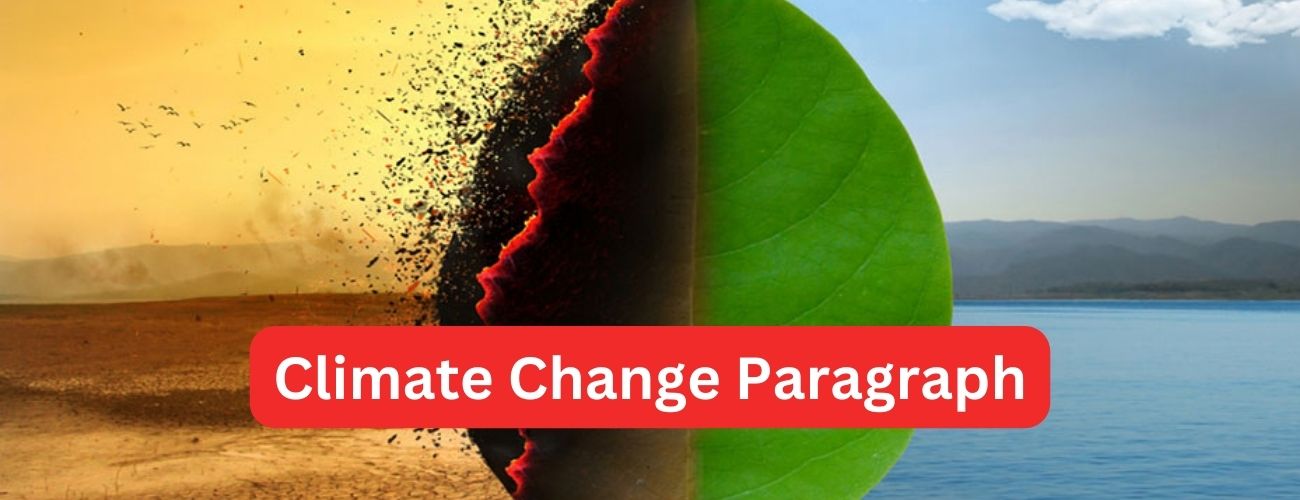Price Hike Paragraph
The term “price hike” refers to a situation where the cost of goods and services increases over a period of time. This phenomenon can be triggered by various factors, including inflation, which is a general increase in prices and fall in the purchasing value of money. Other causes might be a rise in production costs, such as materials and labor, or an increase in demand that outstrips supply. For consumers, price hikes mean that their money buys less than before, affecting their ability to purchase essentials and discretionary items alike. This can lead to a decrease in overall consumer spending, which, in turn, can impact economic growth. For businesses, the increased costs may lead to higher prices for their products or services in an effort to maintain profit margins, potentially setting off a cycle of inflationary pressures. Understanding the dynamics behind price hikes is crucial for policymakers, businesses, and consumers alike to mitigate their impacts and make informed decisions.
Price Hike Paragraph 200 words
A price hike occurs when the cost of goods and services rises, affecting both the economy and individual purchasing power. Often resulting from inflation, which dilutes money’s value, these increases can also stem from higher production costs, such as labor and materials, or from demand outpacing supply. Such hikes directly impact consumers, diminishing their ability to afford everyday items, and potentially curbing overall spending. This, in turn, can slow economic growth. Businesses facing raised expenses might escalate their prices to preserve profit margins, possibly initiating a cycle of inflationary pressures. The reasons behind price hikes are multifaceted, including geopolitical tensions that disrupt supply chains, government policies affecting taxation or subsidies, and natural disasters. For example, an oil-producing country experiencing political instability can cause global oil prices to surge, leading to higher transportation and production costs worldwide. Similarly, extreme weather events can destroy crops, leading to scarcity and increased food prices. Price hikes have a domino effect on the economy, influencing interest rates, wage demands, and even social stability. Policymakers, businesses, and consumers must therefore closely monitor these trends to devise strategies that mitigate adverse effects, ensuring economic stability and protecting consumer purchasing power.
Price Hike Paragraph 250 words
In the realm of economics, a price hike refers to the upward adjustment in the cost of goods and services, which can have widespread implications for both consumers and the economy at large. This phenomenon is often propelled by various underlying factors, including inflation, which denotes a general surge in prices across the board, eroding the purchasing power of money. Inflation can be driven by an increase in production costs, such as raw materials and wages, or by demand-pull factors, where demand outstrips supply, leading to higher prices. Additionally, external factors like geopolitical events, trade policies, and environmental issues can also contribute to price hikes by disrupting supply chains and increasing costs for producers. For consumers, the immediate impact of price hikes is felt in the form of reduced purchasing power, as their income buys fewer goods and services than before. This can lead to a decrease in living standards, especially for those on fixed incomes or in lower-income brackets, for whom a larger portion of their budget is consumed by necessities. On a broader scale, sustained price increases can dampen consumer spending, a key driver of economic growth, and potentially lead to economic stagnation or recession. Businesses, on the other hand, face their own set of challenges with price hikes. Increasing input costs may force companies to raise prices to maintain profit margins, risking customer pushback and reduced sales volume. Moreover, if businesses anticipate further price increases, they might stockpile resources, further driving up prices in a self-reinforcing cycle. Understanding the causes and effects of price hikes is essential for policymakers, who must balance interventions to curb inflation without stifling economic growth. This delicate balance involves controlling monetary supply, influencing interest rates, and enacting fiscal policies to stabilize prices, ensuring the economy remains on a path of sustainable growth.
Price Hike Paragraph
Price hikes, a common economic phenomenon, refer to the increase in the cost of goods and services over a period, impacting consumers and the broader economic landscape. These hikes can be attributed to several factors including inflation, where a general rise in prices dilutes the purchasing power of currency. Supply and demand dynamics also play a crucial role; for instance, a surge in demand against a fixed supply can lead to higher prices, as can the cost of production inputs like raw materials and labor. External factors such as geopolitical instability, environmental disasters, and changes in regulation or taxation can further strain supply chains, contributing to rising costs that businesses often pass on to consumers. The effects of price hikes are multifaceted. For consumers, they mean stretching budgets thinner, particularly affecting lower-income households that allocate a larger portion of their income to essentials. Economically, sustained price increases can dampen consumer spending, a key growth driver, potentially leading to a slowdown. For businesses, while passing costs onto consumers can preserve margins, it risks reducing demand for their products or services. Policymakers are thus tasked with the delicate balance of implementing strategies to control inflation and stimulate economic stability, often through monetary policy adjustments and fiscal measures designed to temper price volatility and support sustainable economic growth.
Paragraph on Price Hike example 03
A price hike, an upward shift in the cost of goods and services, directly impacts both consumer behavior and economic stability. Triggered by factors such as inflation, increased production costs, and supply chain disruptions, price hikes can decrease the purchasing power of consumers, leading them to modify their spending habits. Inflation, a primary catalyst, diminishes the value of money, forcing consumers to pay more for the same goods and services. When production costs rise due to higher prices for raw materials or wages, businesses often pass these costs onto consumers to preserve profit margins. Additionally, supply chain issues can lead to shortages, further driving up prices due to increased demand or decreased supply. The ripple effects of price hikes are far-reaching, potentially slowing economic growth as consumers cut back on spending. For policymakers and economists, understanding and mitigating the impacts of price hikes is crucial to maintaining economic stability and preventing inflation from spiraling out of control.
Paragraph on Price Hike example 04
A price hike occurs when the cost of goods and services increases, affecting the purchasing power of consumers. This situation can be driven by various factors, such as inflation, which is the overall rise in price levels across the economy, reducing the amount of goods or services that can be bought with a unit of currency. Other causes include supply chain disruptions, increased production costs due to higher prices for raw materials or wages, and increased demand that outpaces supply. For consumers, a price hike means more money must be spent to maintain the same standard of living, potentially leading to reduced savings and less disposable income for non-essential purchases. This can especially impact low-income families who allocate a larger portion of their income to necessities like food and housing. Businesses facing higher input costs may pass these costs onto consumers, further fueling price increases. Economically, widespread price hikes can lead to inflationary cycles that require careful management by policymakers through monetary policy and other economic tools to stabilize prices and protect the economy’s overall health. Understanding the multifaceted causes and impacts of price hikes is crucial for developing effective strategies to mitigate their effects on both individuals and the broader economic landscape.

